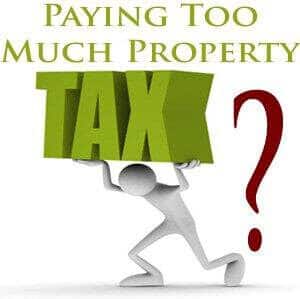Courtesy of the Ohio Department of Taxation
The homestead exemption allows low-income senior citizens and permanently disabled Ohioans to reduce their property tax bills by shielding some of the market value of their homes from taxation. The exemption, which takes the form of a credit on property tax bills, allows qualifying homeowners to exempt up to $25,000 of the market value of their homes from all local property taxes. For example, through the homestead exemption, a home with a market value of $100,000 would be billed as if it is worth $75,000.
Ohio Revised Code initially established a maximum Ohio Adjusted Gross Income (OAGI) for the applicant and the applicant’s spouse of $30,000. This maximum is to be indexed for inflation each year. OAGI can be found on line 3 of the Ohio Individual Income Tax return. With indexing, the 2022 income threshold is $34,600. The 2021 income threshold was $34,200, the 2020 income threshold was $33,600, the 2019 threshold was $32,800, the 2018 threshold was $32,200, and the 2017 income threshold was $31,800. For source and more information, including the average tax saving, please click here.
What is the Homestead Exemption for Disabled Veterans?
As U.S. Senator Charles Schumer observed, property exemptions are intended to let military veterans “afford a home and live stable civilian lives” when their service is over. A property tax exemption protects a portion of a home’s value from taxation. In Ohio, for disabled veterans, the homestead exemption protects the first $50,000 of a home’s value from taxation.
For example, if a qualifying veteran owned a home that was valued at $125,000, the application of the full homestead exemption would mean that the house would be taxed as if it were worth $75,000: the value of the house minus the $50,000 exemption. For source and more information, including the average tax saving, please click here.




